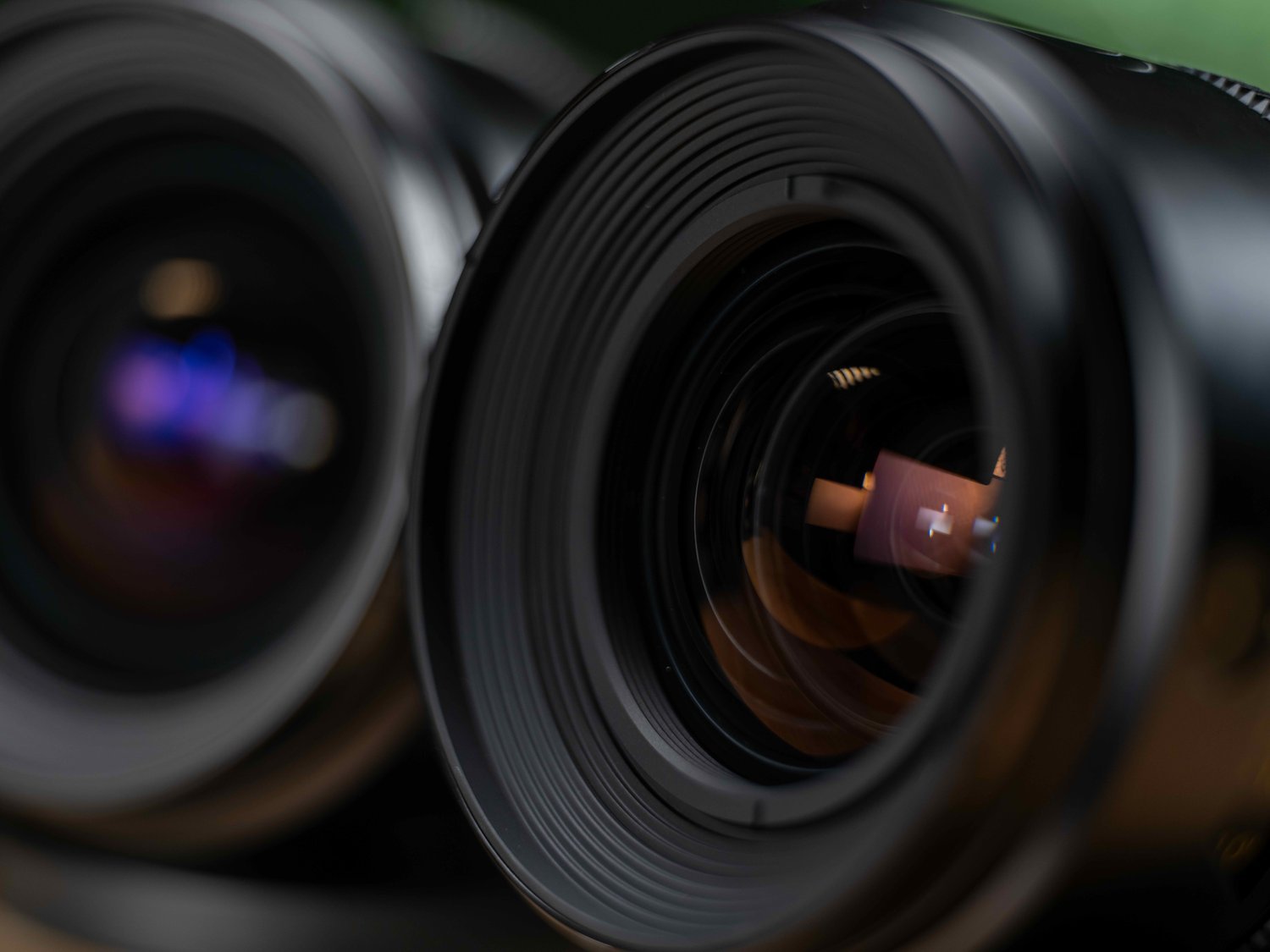Vintage Lenses vs. Modern Lenses: Which Is Right for Your Next Shoot?
When it comes to capturing compelling imagery on set, your choice of lens can significantly shape the final look and feel of your footage. Modern lenses, designed for today’s digital cameras, offer crisp, neutral images and a suite of advanced features that make them easy to use on fast-paced shoots. Vintage lenses, which date back to the pre-digital era, have a different appeal: they introduce optical “imperfections” and unique artistic qualities that can lend your work a distinctive visual signature.
Modern lenses are often built to resolve very high resolutions, producing sharp images with consistent performance across various lighting conditions. They frequently come with electronic contacts for autofocus and smooth iris control, which can be a huge asset for documentary or run-and-gun filmmaking. They’re also generally more affordable and easier to service due to standardized manufacturing and an abundance of replacement parts. In a practical sense, it’s hard to beat the reliability of a good modern lens.
Vintage lenses, however, are prized for the visual character they bring. They might have lower contrast, unusual bokeh shapes, characteristic flares, or subtle color shifts that set them apart from contemporary optics. Many were made using materials like lead, thorium, or lanthanum that are no longer common, giving them traits impossible to replicate today. Iconic classics—like Baltars, K35s, or other older cinema lenses—have helped define cinematic history. These lenses can instantly convey a nostalgic or softer aesthetic, and their heritage alone can add a storytelling layer that resonates with audiences who’ve grown used to their look in classic films.
One of the main reasons to consider vintage glass is the creative freedom it can inspire. There’s an entire century’s worth of designs waiting to be explored, including rare rangefinder lenses, ultra-wide optics, and obscure “one-offs” that might be perfect for music videos or experimental projects. Sometimes, these older lenses complement digital cameras beautifully by taking the sharp digital edge off and replacing it with warmth, character, or the “happy accidents” of pre-digital engineering. Over the decades, we’ve been culturally conditioned by the lenses used in classic movies, so tapping into that heritage can trigger a sense of familiarity and cinematic nostalgia.
That said, vintage lenses do come with practical drawbacks. Costs can be high, especially for rehoused sets that have been upgraded to modern production standards. Repairs and spare parts can be difficult or impossible to find, and many older designs have mechanical quirks or mounts that aren’t straightforward. Because of natural wear and looser manufacturing tolerances back in the day, you may find variation even among lenses from the same batch. Additionally, vintage glass lacks modern conveniences like autofocus, which increases the need for a reliable focus puller and more precise on-set workflows.
Ultimately, the choice between vintage and modern lenses depends on your artistic vision. If you want a clean, objectively sharp look, modern glass is a reliable go-to. If you’re aiming for distinctive aesthetics—whether that’s a dreamy softness, flaring, or a throwback to classic cinematic styles—vintage lenses can give you precisely what you need. Both can be excellent options if you understand their strengths and how they serve the story. Rather than following trends or picking lenses solely because they’re “modern” or “vintage,” the key is to match the lens’s characteristics to your project’s creative needs.
In many ways, vintage lenses are an extension of a cinematographer’s modern toolkit. They stand as living artifacts of cinema history, still relevant for today’s productions and capable of imparting a timeless emotional quality to digital images. Whether you opt for classic or contemporary, choosing the right lens should be an intentional process. The most important thing is to let your narrative goals lead the way. If a certain lens’s look aligns with the mood, message, or era you’re trying to convey, that’s reason enough to give it a shot—and perhaps discover new creative possibilities in the process.




